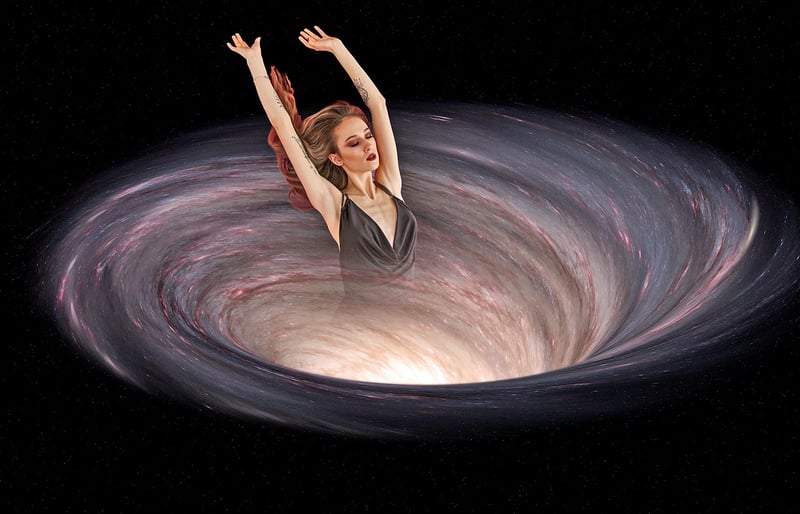Inventors
Mechanisms for Time Travel and the Inventors Behind Them
Time travel, a concept that has fascinated humanity for centuries, has been a popular theme in science fiction literature and movies. While time travel remains a theoretical possibility, various mechanisms have been proposed by scientists and inventors to make this sci-fi dream a reality. Let's explore some of these mechanisms and the brilliant minds behind them.
1. Wormholes
Proposed by physicist Albert Einstein and physicist Nathan Rosen in 1935, wormholes are tunnels in spacetime that could create shortcuts for long journeys across the universe. Traveling through a wormhole could potentially allow for time travel to the past or future.

2. Time Machines
The concept of a time machine was popularized by H.G. Wells in his novel "The Time Machine" published in 1895. A time machine would allow an individual to travel through time, either into the past or the future, by manipulating spacetime.

3. Tipler Cylinder
Proposed by physicist Frank J. Tipler in 1974, the Tipler Cylinder is a hypothetical time machine in the shape of a massive rotating cylinder. The rotation of this cylinder could theoretically create closed timelike curves, allowing for time travel.

4. Casimir Effect
The Casimir Effect, proposed by Dutch physicist Hendrik Casimir in 1948, suggests that two parallel conducting plates placed very close together in a vacuum could create negative energy density. This negative energy might be used to stabilize wormholes for time travel.

Fascinating Minds Behind Time Travel Concepts
- Albert Einstein: Known for his theory of general relativity, Einstein's work laid the foundation for understanding spacetime and the potential for time travel.
- H.G. Wells: The author of "The Time Machine," Wells popularized the concept of time travel through his influential novel.
- Frank J. Tipler: Proposed the Tipler Cylinder as a theoretical mechanism for time travel, based on general relativity.
- Hendrik Casimir: Introduced the Casimir Effect, which has implications for creating stable wormholes for time travel.
While time travel remains a speculative and theoretical concept, the exploration of these mechanisms and the visionary inventors behind them continues to inspire scientific research and fuel the imagination of individuals intrigued by the mysteries of time.
Who knows what the future holds? Perhaps one day, we may unlock the secrets of time travel and embark on journeys through the past, present, and future.
